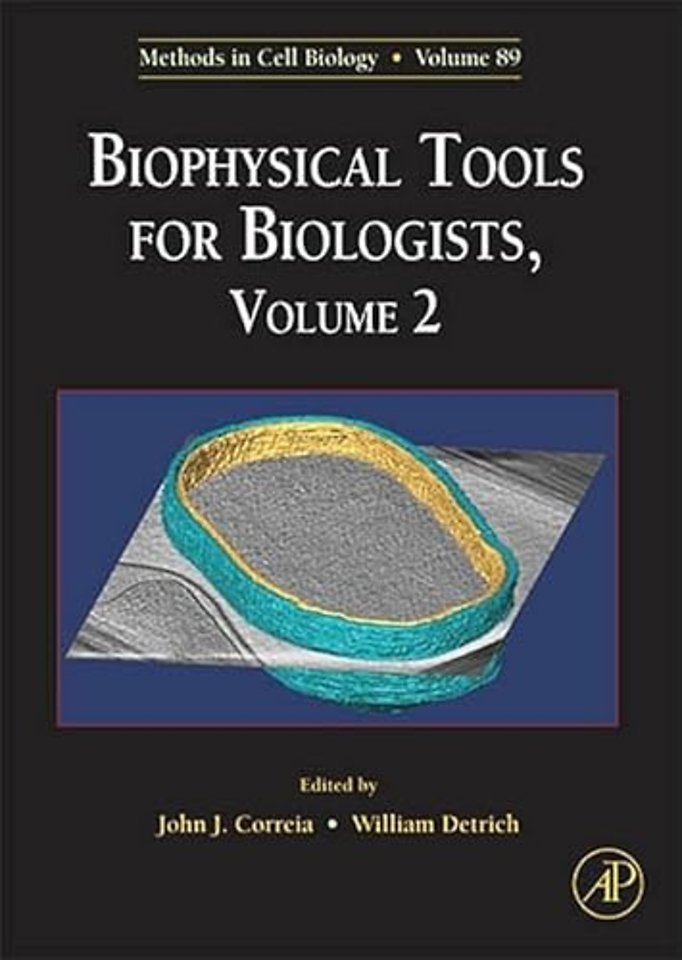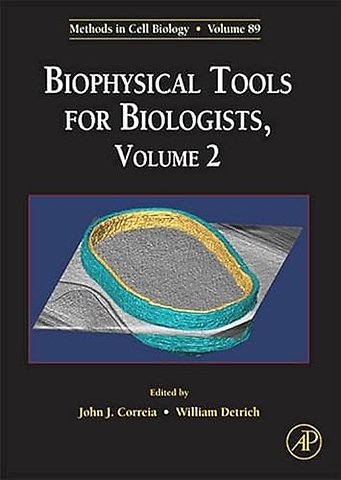<u>Section 1. Fluorescence Methods</u><br>1) Photoactivation and Photobleaching Techniques for Analysis of Organelle Biogenesis in vivo <br>2) Analysis of the Dynamics of Living Cells by Fluorescence Correlation Spectroscopy <br>3) Molecular Sensors Based on Fluorescence Resonance Energy Transfer to Visualize Cellular Dynamics 4) Real-Time Fluorescence of Protein Folding in vivo<br>5) Microfluidic Glucose Stimulation of Ca+2 Oscillations in Pancreatic Islets<br><br><u>Section 2. Microscopic Methods</u><br>6) Introduction to Optical Sectioning: Confocal, Deconvolution, and Two-Photon <br>7) Use of Electron Tomography to Elucidate Sub-Cellular Structure and Function <br>8) Proteomics of Macromolecular Complexes by Cellular Cryo-Electron Tomography<br>9) Total Internal Reflectance Microscopy (TIRF)<br>10) Atomic Force Microscopy of Living Cells <br>11) Real-Time Kinetics of Gene Activity in Individual Bacteria <br>12) Measurement of Cytoskeletal Proteins Globally and Locally in vivo <br>13) Infrared and Raman Microscopy in Cell Biology <br>14) Imaging Fluorescent Mice in vivo by Confocal Microscopy<br>15) Nanoscale Imaging of Intracellular Fluorescent Proteins: Breaking the Diffraction Barrier<br><br><u>Section 3. Methods at the In Vitro/In Vivo Interface</u><br>16) Analysis of Protein Posttranslational Modification by Mass Spectrometry <br>17) Imaging Mass Spectrometry <br>18) Wet EM Using Quantum Dots <br>19) Single Cell Capillary Electrophoresis <br><br><u>Section 4. Methods for Diffusion, Viscosity, Force and Displacement</u><br>20) Single-Molecule Force Spectroscopy in Living Cells <br>21) Magnetic Bead Force Applications <br>22) Measurement of Membrane-Cytoskeleton Adhesion Using Laser Optical Tweezers<br>23) Cellular Rheological Measurements in vivo <br>24) Physical Behavior of Cytoskeletal Networks in vitro and in vivo <br>25) Force Regulation of Microtubule Dynamics in Fission Yeast <br> <br><u>Section 5. Techniques for Protein Activity, Protein-Protein and Protein-RNA Interactions </u><br>26) Quantifying Protein Activity Using FRET and FLIM Microscopy <br>27) Measurement of Protein-Protein Interactions in vivo Using FRET and FLIM <br>28) Measurement of RNA Interactions in vivo Using Molecular Beacons – <br><br><u>Section 6. Computational Modeling</u><br>29) Stochastic Modeling in Cell Biology <br>30) Computational Methods for Analyzing Patterns in Dynamic Biological Phenomena: An Application to Microtubule Dynamics <br>31) Computational Modeling of Self-Organized Spindle Formation

